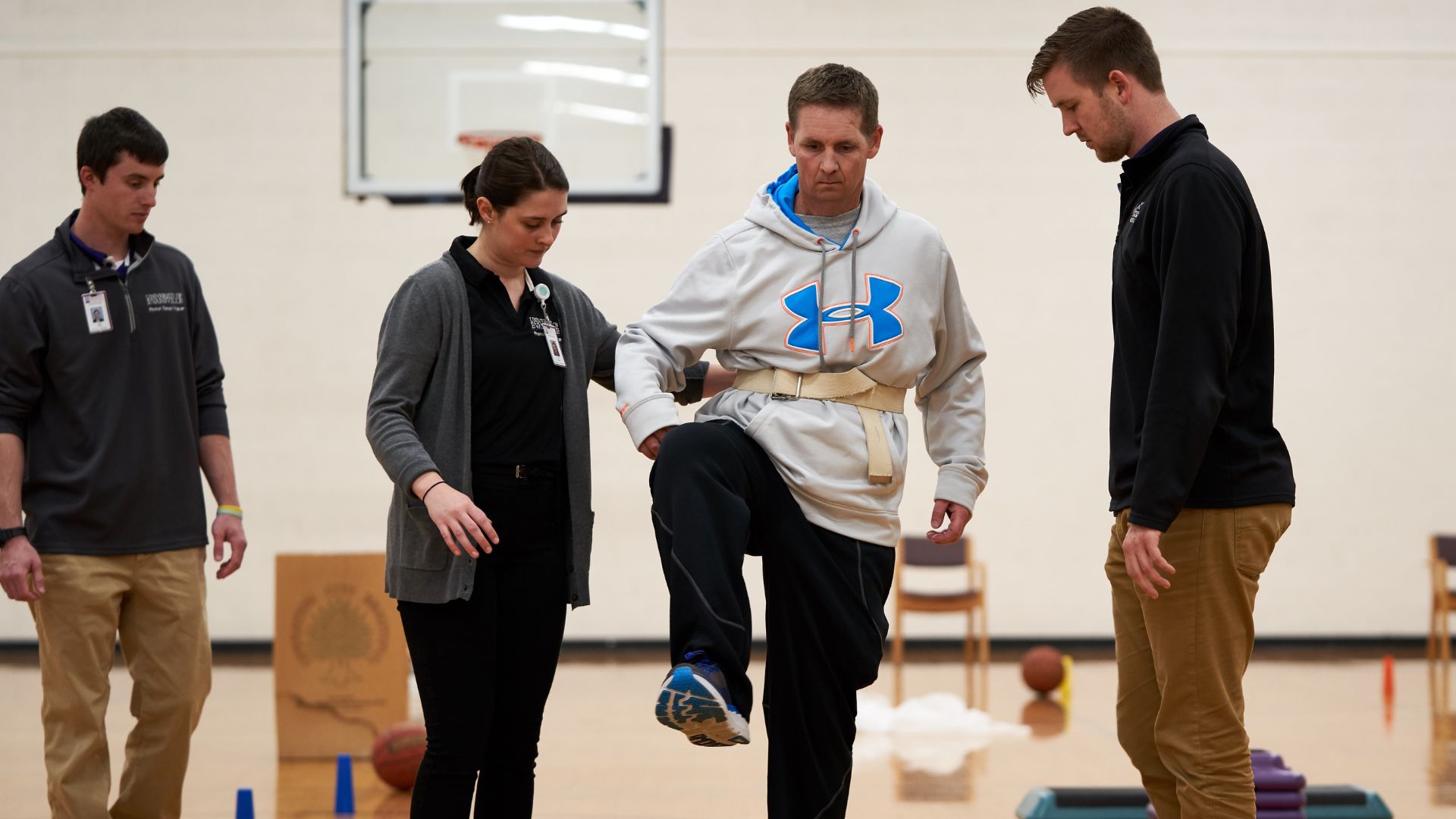A degree in health communication prepares students for careers in diverse sectors, helps them drive positive social change and counter misinformation.
July 2020

At the University of Evansville, the major in health communication is an interdisciplinary program, combining coursework from communication, public health and health services administration. Courtesy University of Evansville
In the wake of the coronavirus pandemic, public health and health communication experts have stepped up to educate people about the virus and help prevent its further spread, while also addressing misinformation. Clear communication has become a vital element of public health, which seeks to prevent disease and improve the quality of life for everyone.
In this scenario, health communication is essential for everything, from disease prevention and treatment to how physicians, nurses, office staff and insurance agencies communicate with patients. Effective sharing of information about topics like immunization, hygiene and other elements of preventive care can make the difference between a spreading epidemic and a flattened curve.
Those who choose to pursue careers in health communication will find a vast number of opportunities, from working in government agencies to careers in private or nonprofit companies, the education sector and public health journalism. Many universities in the United States, thus, offer undergraduate and graduate programs in this field. This includes Northwestern University in Illinois and the University of Evansville in Indiana.
At Northwestern University, the one-year professional master of science in health communication program was created in 2013 by Professor Bruce L. Lambert after more than two decades of teaching, working and studying real-world problems with medical practitioners. He is also the director of the university’s Center for Communication and Health. Lambert’s experience lends itself to an innovative and practical program that focuses on quality improvement and interaction design.
“If you think of the traditional approach to health communication, it’s mostly looking at communication issues in the context of health,” says Lambert. “I come at it from the opposite direction. I’m mostly concerned about health—patient safety, health care quality and stuff like that. So, I look at those problems first and then use communication theory to solve them.” He sees improving health care as the “primary societal goal of the program,” and communication theory, sciences and arts as “tools that we can use to achieve these larger societal objectives.”
The theoretical orientation of Northwestern University’s program is centered around interaction design, which improves sharing of information among doctors, patients and other stakeholders. Students get to learn about the health care system as a whole before delving into topics like human-computer interaction, conducting difficult conversations, persuasion and patient engagement, as well as electives like interpersonal communication and health, and misinformation.
“We’re giving students tools that they really need to solve the actual problems that health care systems are confronting,” says Lambert. His students range from those who have just graduated with an undergraduate degree to vice presidents of companies, with decades of experience.
Lambert adds the Northwestern University program welcomes international applications. “If they have a meritorious application, they are probably going to be offered admission and they might be offered some merit-based aid or some need-based aid,” he says.
At the University of Evansville, the major in health communication is an interdisciplinary program, combining coursework from communication, public health and health services administration. This helps students develop skills in advertising, public relations, journalism and multimedia production, besides developing an understanding of public health and health services.
Students learn about different types of communication, including provider-patient and health care organization communication, risk and crisis communication, strategic health communication campaigns and new technologies, along with a wide range of public health and science courses.
Payal Patel-Dovlatabadi, associate professor of public health and director of the university’s undergraduate and graduate programs in public health, says that public health classes allow students to study both relevant issues and the policies related to those issues.
Both the university representatives agree that the pandemic illustrates a great need for educational and persuasive communication about public health. Lambert says that issues of racial justice, as evidenced by worldwide protests, also have become more present in the curriculum.
“Obviously, our students are very interested in COVID-19, which cuts both ways,” says Lambert. “On the one hand, never before has the world been so helpful in showing how important health communication is. But, a lot of the problems we’ve had have been because of bad health communication.”
“The pandemic also illustrated many gaps and areas of improvement,” adds Patel-Dovlatabadi. “In the future, I am certain that many more public health professionals will be sought, so that the countries can be ready to respond to any type of outbreak.”
Candice Yacono is a magazine and newspaper writer based in southern California.
COMMENTS